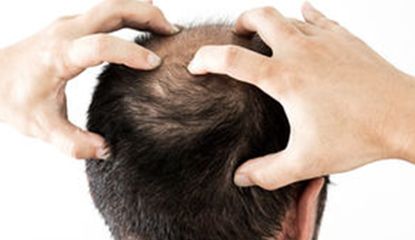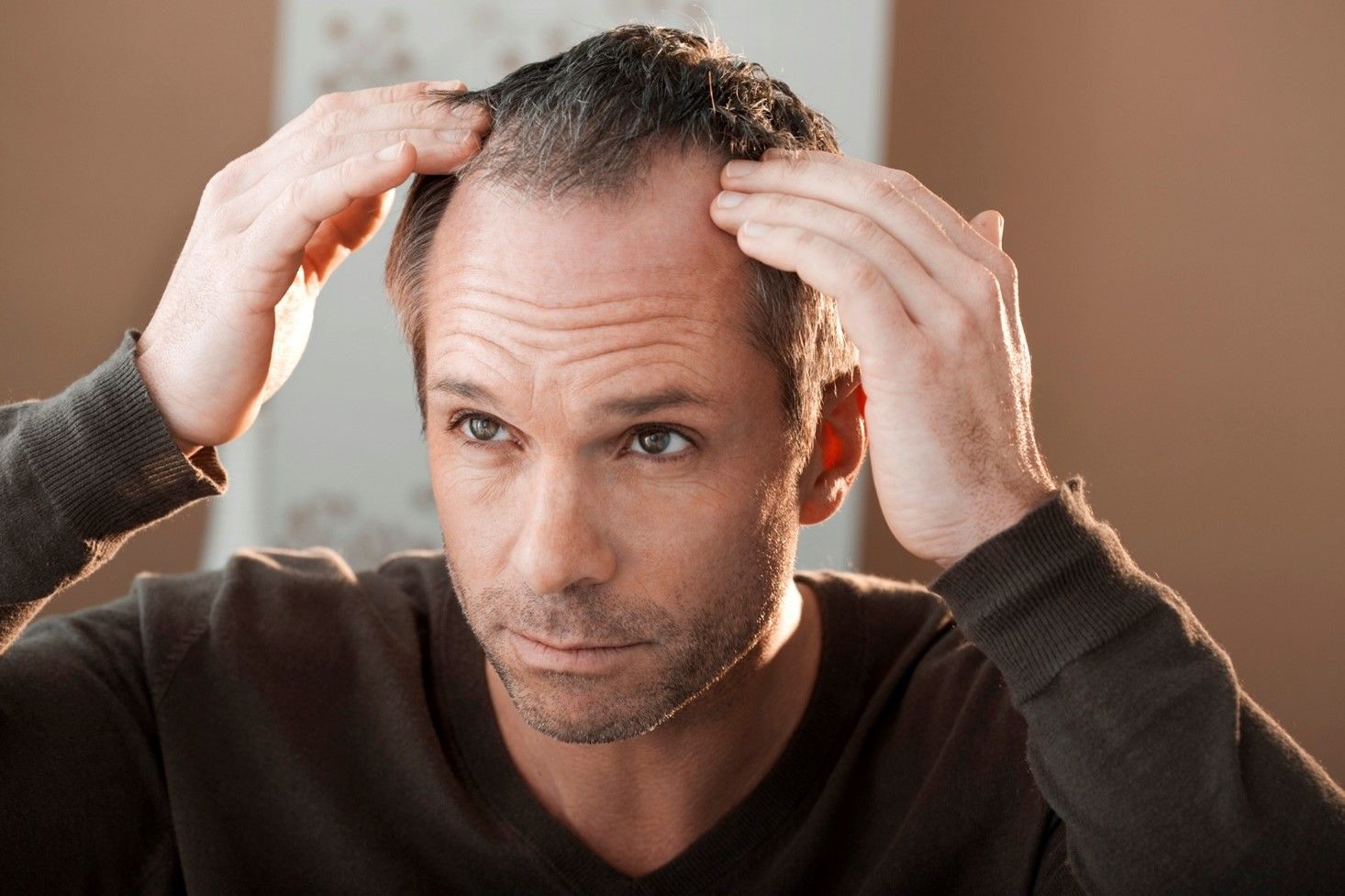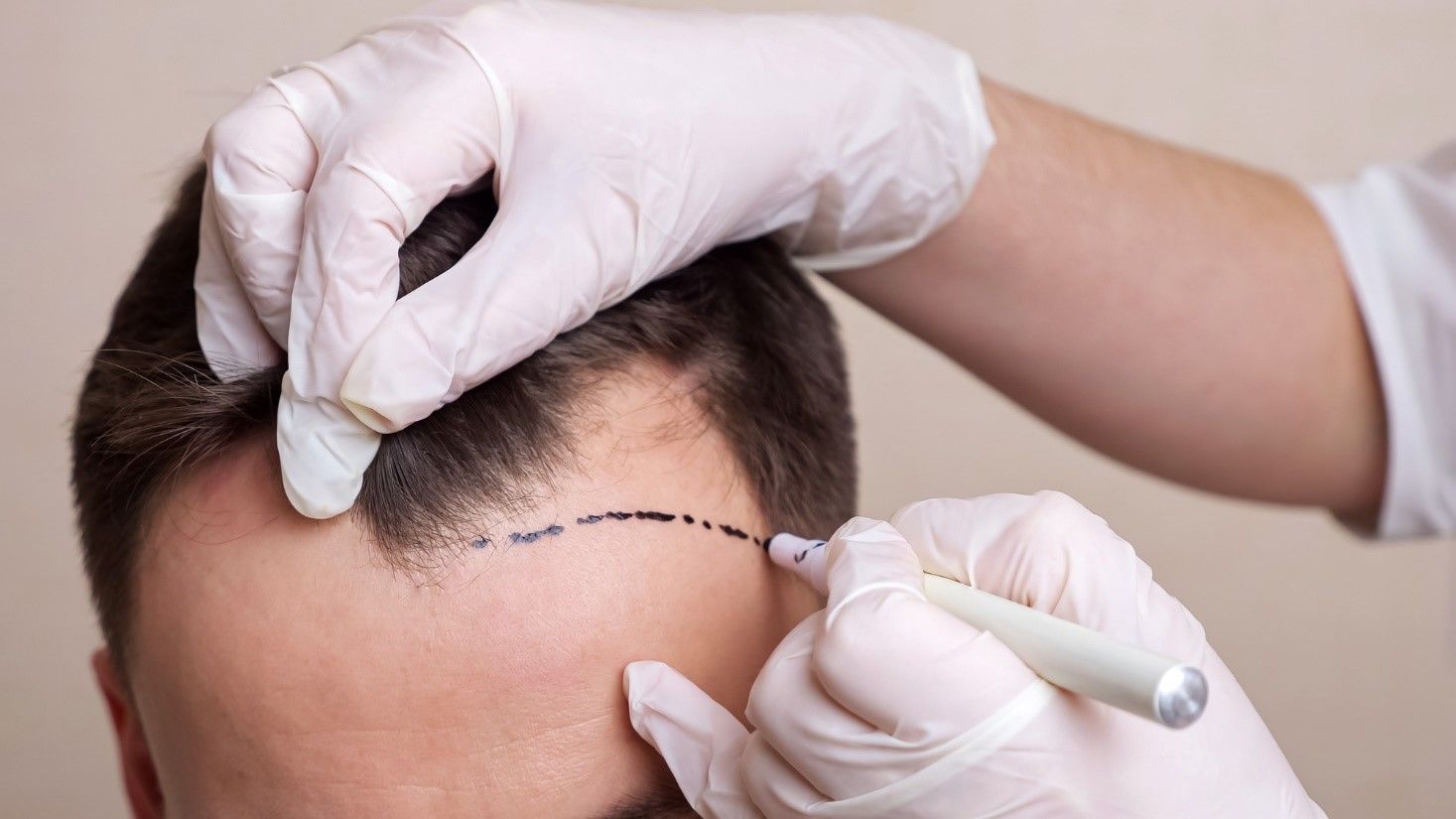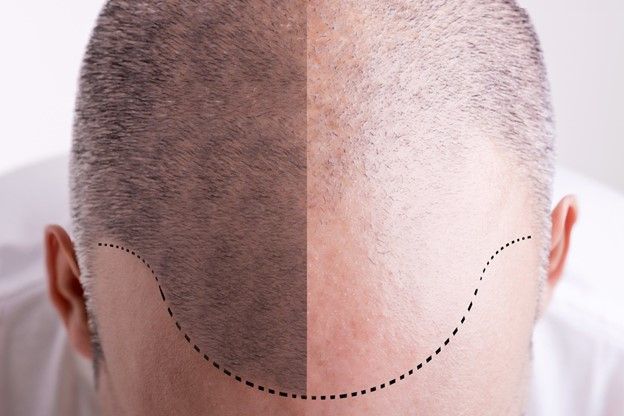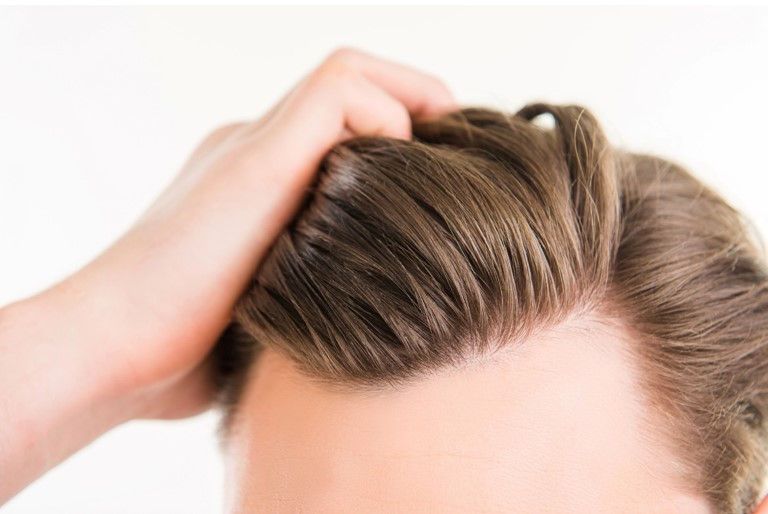5 Effective Methods for Hair Restoration

October 10, 2017
There are a number of methods to regrow lost hair but no one-size-fits-all solution. Depending on the extent of your thinning hair or baldness—and several other factors—the
hair restoration in Toronto method that’s right for you will vary. Toronto men and women have five options to consider.
Your Choices for Hair Restoration in Toronto
1.Topical Minoxidil (Rogaine)
Minoxidil was once used to treat high blood pressure but in the 1980s it was discovered that when applied topically, it helped promote hair growth. Today minoxidil is widely distributed over the counter in dropper, spray and foam formulations under the brand name Rogaine. The product must be applied twice daily to be effective. Should the treatment be discontinued, hair loss will resume its normal course and any regrowth will quickly fall away. While Rogaine can help slow hair loss, regrowth occurs in only 10 to 14 per cent of the population. It’s best suited for those in the early stages of hair loss.
2.Finasteride (Propecia)
Finasteride is an oral medication most commonly sold under the brand name Propecia. It is used to treat male pattern hair loss and works by lowering dihydrotestosterone (DHT) levels and thereby reduces androgen activity in the scalp. After six months of taking the medication, it slows hair loss and some hair regrowth is also common. It’s an effective hair loss treatment in approximately 85 per cent of cases. If the medication is discontinued, the results achieved will be lost. Like Rogaine, it’s best suited for those in the early stages of hair loss. However, as with all medications there’s a risk of side effects for users of Propecia, most notably short or long term reduced libido, erectile dysfunction and ejaculation disorder.
3.Laser Treatments
Laser treatments are one of the more recent approaches to hair loss. The idea is that stimulating hair follicles with a low level laser will promote growth. Results can vary from patient to patient. Treatments are available in various salons and clinics but require a considerable time and monetary investment. At home treatments are also possible with the use of commercially available laser combs.
4.Platelet Rich Plasma (PRP)
Another promising new hair loss treatment involves the use of PRP. The substance is derived from your own blood, which is withdrawn and then processed into the beneficial constituent. The PRP gets injected into your scalp where thinning of the hair has occurred. Two sessions of PRP spread 6-8 weeks apart are initially suggested. 40% - 50% of patients will experience added volume of hair in the areas treated. Further injections are required at four to six month intervals to maintain results. This therapy can be used in tandem with hair transplants to achieve enhanced results for those whose existing hair loss is more severe.
5. Hair Transplant
While not an instantaneous solution, in many cases hair transplants offer the best and longest lasting results. The surgical procedure requires removing hair follicles from the back of the scalp and transposing them to the desired location. There are a number of methods that can be used, the best of which should be determined by a qualified hair transplant physician. After a few months, the hair will start to grow in and fuller hair will be the result. More than one procedure may be required to achieve optimal results.
For a Surgeon You Can Trust in Toronto - Visit Dr. Cotterill
Dr. Cotterill has nearly thirty years of experience performing hair transplants. He’s dedicated his career to refining his technique and exploring ways to help people like you seeking
hair restoration in Toronto and can achieve the desired results.
Contact our office today with any questions or to schedule a consultation.
